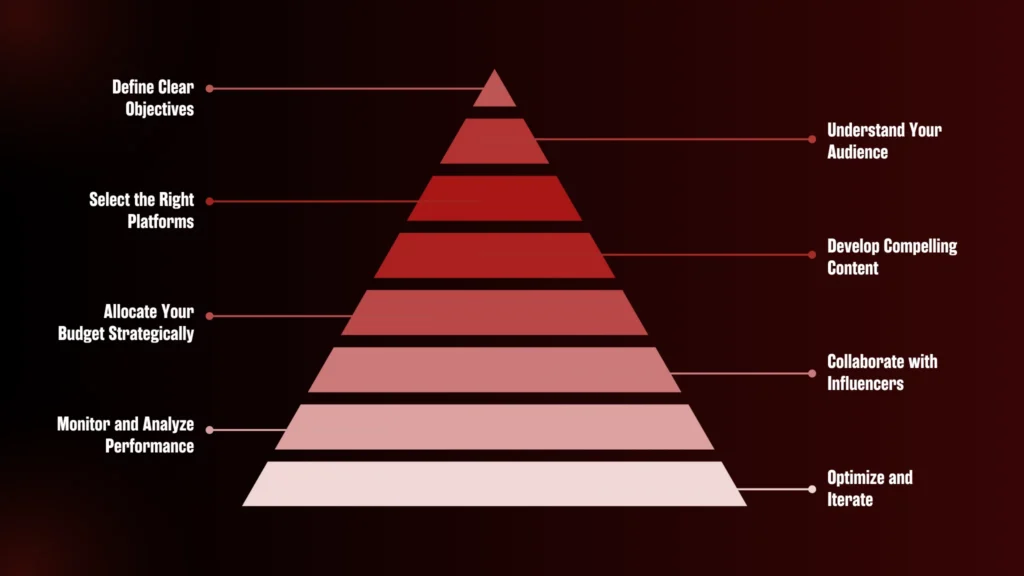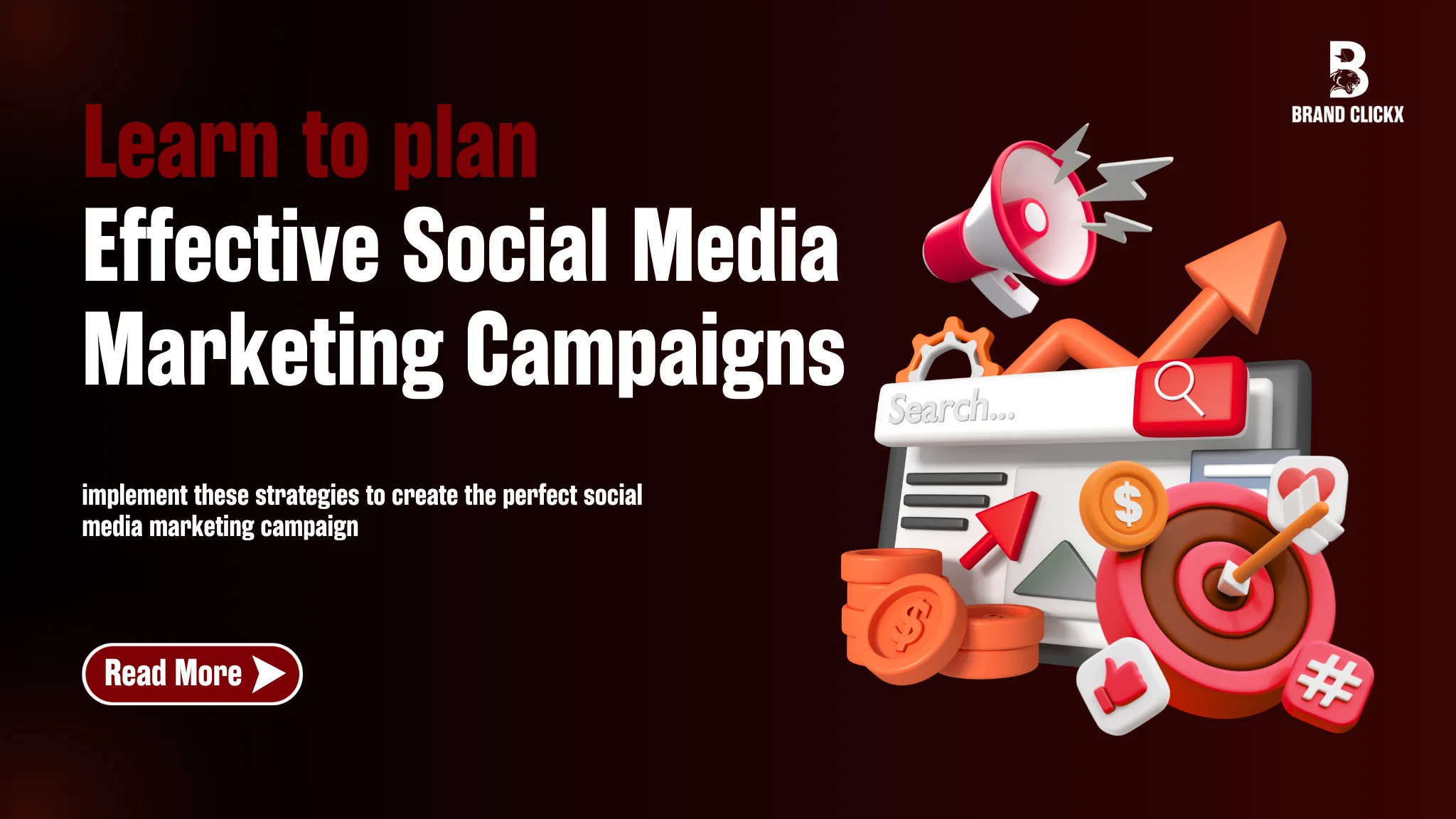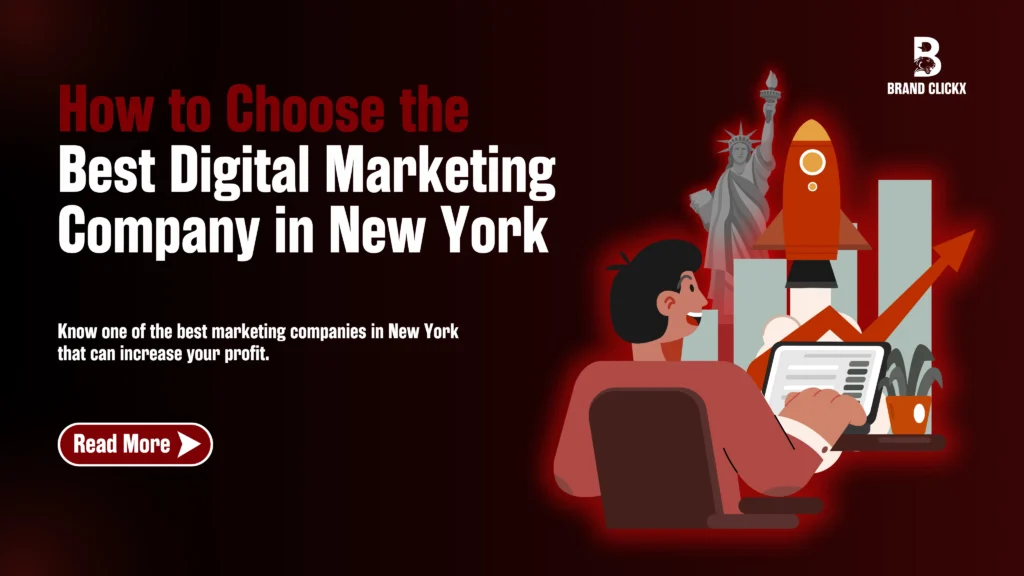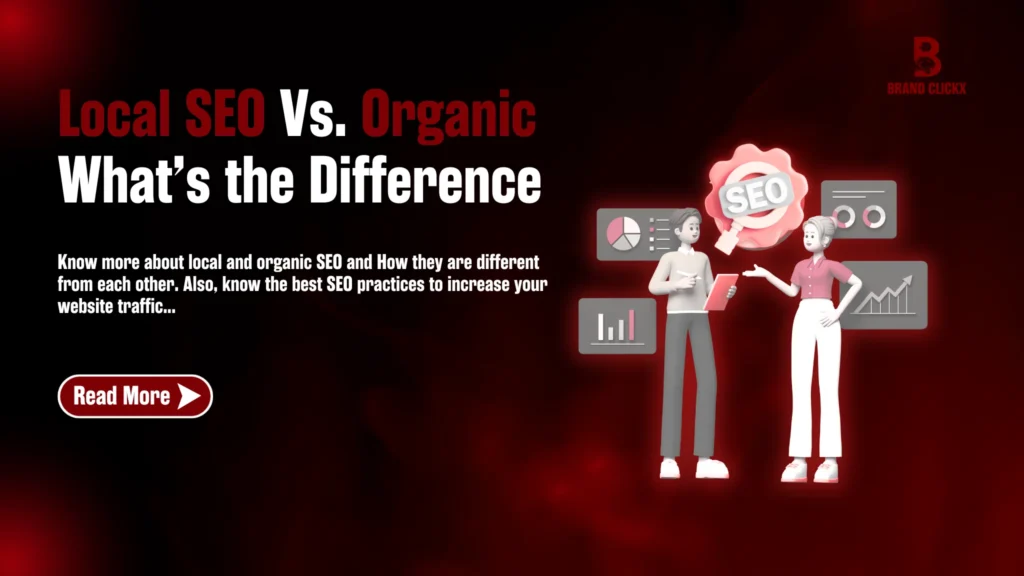What’s the secret sauce behind brands that go viral on social media? Why do some campaigns create a buzz while others barely make a ripple? As an entrepreneur or founder, you’ve probably poured time and money into social media marketing, only to wonder why your results aren’t matching the effort.
Effective Social media marketing campaigns aren’t about luck or dancing on TikTok- it’s about strategy. It’s about understanding your audience, creating campaigns that speak to their emotions, and knowing how to stand out in a crowded digital space.
If you’ve ever felt overwhelmed by algorithms, struggled to turn likes into leads, or worried that your marketing dollars are wasted, this blog is for you. Together, we’ll unpack the key ingredients of an effective social media marketing campaign, which doesn’t just get seen but gets results.
Let’s start without hassle!
What is a Social Media Marketing Campaign?
A social media marketing campaign is a coordinated effort to promote a product, service, or brand across social platforms to achieve specific business goals. Think of it as creating a story that resonates with your target audience, encouraging engagement and driving desired actions.
In 2024, social media’s influence is undeniable, with 62.3% of the world’s population actively using these platforms. On average, users spend about 2 hours and 23 minutes daily on social media, presenting a prime opportunity for businesses to connect with potential customers.
Investments in social media advertising are substantial, with global spending projected to reach $219.8 billion in 2024. This underscores the importance businesses place on these platforms for marketing efforts.
The benefits of social media marketing are significant. Approximately 83% of marketers worldwide report increased exposure as a key advantage, while 73% have experienced increased traffic, and 65% have generated leads through social media efforts.
How to plan effective social media marketing campaigns?

Effective social media marketing campaigns require some planning, as you need to find out who your audience is, and then create an idea that’s going to appeal to them. Using these tips would help you to design effective social media marketing campaigns that people care about, engage with them, and get things done.
Define Clear Objectives
Well-defined goals must be the beginning of every social media marketing campaign. If you don’t have clear objectives, then you can’t know that your efforts are a success or where to direct them. First ask yourself: What do I want to achieve with this campaign?
A common goal includes brand awareness, driving traffic to your site, creating leads, and sales. Nevertheless, they must be specific, measurable, attainable, relevant, and time-defined (SMART).
Consider, for instance, that instead of “increase engagement,”, you refine it to “increase Instagram engagement by 20% in three months.” Goals allow you to focus on strategy and get the most out of your resources.
Example: Coca-Cola’s famous #ShareACoke campaign had a purpose—to make the brand more visible and connect with customers on a personal level. They did that by customizing Coke bottles with individual names and they somehow got massive engagement from millions of people who posted pictures online.
Stat to consider: If your campaign has a set of clear goals it’s 376% more likely to succeed.
Understand Your Audience
Understanding your target audience is important to the success of effective social media marketing campaigns. You can mould your message to your audience and suit them on a personal note if you know them. The first step would be to get the data using tools like Google Analytics, Facebook Audience Insight or customer survey.
Demographics such as age, gender, and location- look into those, but not stop there, explore psychographics, meaning interests, values, and online behaviour.
Secondly, it is also important to segment your audience. In the case of a fitness brand, an audience segment might be young adults searching for fast home workouts, or older people interested in keeping fit. You will have completely different messaging for these groups.
Example: This is what Netflix is so skillful at, audience segmentation and generating social media content meaningful to different sections of the audience, with memes for younger groups and show updates for binge-watchers for example.
Select the Right Platforms
When it comes to choosing social media platforms, they cannot all cater to the same audience or have the same types of content, which is why choosing the right one is crucial. For example, Instagram works great for visual storytelling and younger demographics; whereas LinkedIn is a more appropriate platform to run B2B campaigns, and for professional networking.
Review your audience data to find out where your target audience hangs out. Instead, focus on 2 or 3 platforms where you can be the most impactful.
Platform breakdown:
- Facebook: It’s perfect for building communities and sharing a nice mix of content types.
- Instagram: Ideal for displaying visually attractive content and getting to millennials and Gen Z.
- LinkedIn: B2B marketing and for professional use.
- TikTok: Perfect for use in building cool, fun, and trending short videos.
Stat: Instagram alone generates over 2 billion monthly active users, building it into one of the heavy-hitting sites when it comes to engagement.
Create Content that people love
Any social media campaign comes down to the content. It’s all about focusing on storytelling, stories that hit the heart of your audience, stories that give value to your listener. Whatever the type of content you create, blog posts, infographics, short videos, memes, and more you should create it in line with achieving your effective social media marketing campaigns’ goals and the audience’s preferences.
For example, video content performs exceptionally well. Yet video is an essential part of many marketers’ strategies because it increases engagement and shares: According to Wyzowl, 95% of marketers think video is important. This doesn’t mean that to be engaging on Instagram one must only post carousels. Instead, other formats can be just as engaging like polls on Twitter.
Pro Tip: Also don’t forget a clear call to action (CTA) in the content. Whether it’s to persuade your audience to “Swipe up,” “Click the link in bio,” or “Shop now,” a great CTA can help your audience find your way to your campaign objectives.
Example: Real Beauty campaign from Dove used authentic stories and unfiltered images to instigate the conversation on self-esteem, and build trust and loyalty amongst their audience.
Allocate Your Budget Strategically
Your campaign success relies on budgeting. Determine way beforehand the shortage of amount that can be spent on paid promoting, content creation, influencer partnerships or tools for scheduling or analytics. If you’re a small business, you can start small and test different strategies before scaling things up.
Platforms like Facebook Ads or Instagram promotion will amplify your reach, particularly if you take your ad budget for paid promotions.
With these tools, you can pinpoint which demographics to target. For instance, you can make an ad that shows women aged 25–35 from urban denizens who are interested in fitness and wellness products.
Example: Let’s say a local bakery provides $500 a month for Instagram promotions to lure in sweet tooth nearby users with special deals.
Stat: An average ROI for social media ads is 95%, so they’re a highly affordable way to reach more people.
Collaborate with Influencers
Over the past few years, influencer marketing has shifted from the trend to the core of many effective social media marketing campaigns. Influencers already have steady follower’s trust so they can amplify your message Easily.
Decide whether to work with:
- Micro-influencers (1,000-100,000 followers): High engagement rate, niche audiences.
- Macro-influencers (100,000+ followers): Good for campaigns that need bigger coverage.
Together with the influencer, make sure they’re on brand values and messaging. It has to be authentic because you can tell when partnerships are forced.
Example: This is a story of how fashion brand Fashion Nova skyrocketed the number of social media followers and drove sales due to collaboration with Instagram Influencers.
Monitor and Analyze Performance
Any successful campaign is tracked in real time so you’d be able to make needed adjustments. Use analytics tools like Google Analytics, Sprout Social, or native platform analytics to measure key metrics such as:
- Reach and impressions.
- Likes, shares, comments.
- Clicks, downloads, purchases.
Optimize and Iterate
Social media trends tend to change very quickly; being flexible is what will help you stay on top in the long term. It depends on your analytics- you’ll use insights to know what’s working and what isn’t. For instance, if you notice that people engage more often with carousel posts on Instagram rather than just single image posts, then you need to use more carousels in your efforts.
It’s not a one-time thing, optimization is continuous. Experiment with new content format, posting times and targeting strategies so your campaigns do not become stale and always remain current.
Final Thoughts
Effective Social media marketing campaigns have to be planned carefully, and creatively and are always under review. If you take the time to define clear objectives, who you are talking to, what your approach to creating compelling content will be, and analyzing your results, you can create campaigns that not only spark immediate engagement but also strengthen relationships with your audience over time.
Remember that success does not happen overnight, but with continuous dedication and flexibility, your campaigns can give you great results.
Contact BrandclickX to see your social media campaigns going higher on results!
FAQs
Q1: How much time does it take to see results from the effective social media marketing campaigns?
A: The timeline for results can vary based on your goals, industry, and strategy. Campaigns focused on brand awareness may see engagement growth within weeks, while campaigns aimed at lead generation or sales might take 2-3 months to show significant impact. Consistency, high-quality content, and regular analysis are key to achieving quicker and sustainable results.
Q2: Do I need to invest in paid ads for my campaign to be successful?
A: While organic strategies can bring desired results, paid ads often amplify your reach and deliver faster outcomes. A mix of organic and paid strategies works best. For instance, if you’re launching a product, organic content builds credibility, while targeted ads ensure your message reaches a larger audience more efficiently.
Q3: How important is timing when posting on social media?
A: Timing can greatly impact the success of your posts. Analyze when your audience is most active on each platform using built-in analytics tools like Instagram Insights or Facebook Insights. For instance, studies suggest that midweek mornings are ideal for LinkedIn, while evenings and weekends work better for Instagram and Facebook. Adjust your posting schedule accordingly to maximize engagement.



